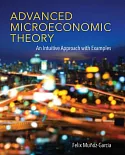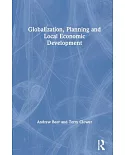Response surface methods (RSM) require much more effort with much less return in designing an experiment than the simple statistical tools they describe in their 2000 book on the design of
experiments, DOE Simplified: Practical Tools for Effective Experimentation, Anderson and Whitcomb explain, but in certain situations, the extra 20% they can extract may make the difference
between success and failure. Among their topics are lessons to learn from happenstance regression, factorials to set the stage for more glamorous RSM designs, three-level designs,
computer-generated optimal designs, and applying RSM to mixtures. Annotation ©2016 Ringgold, Inc., Portland, OR (protoview.com)





















